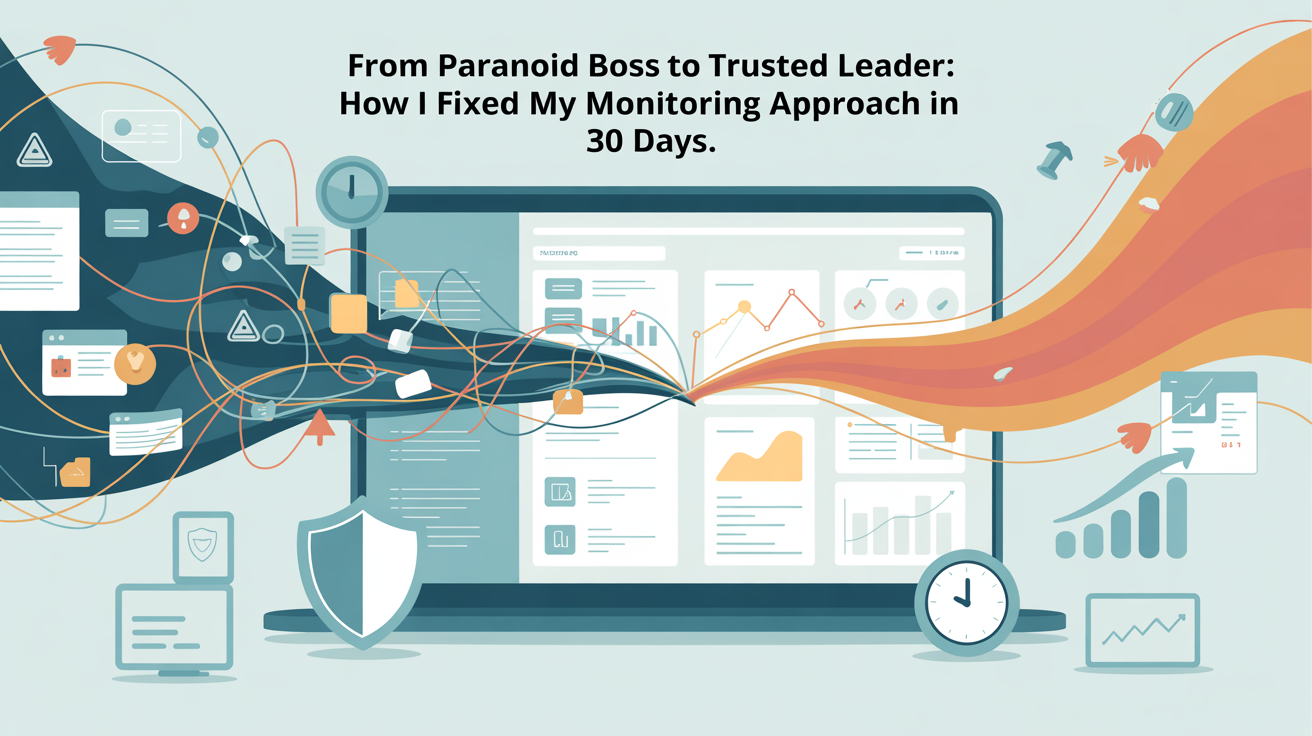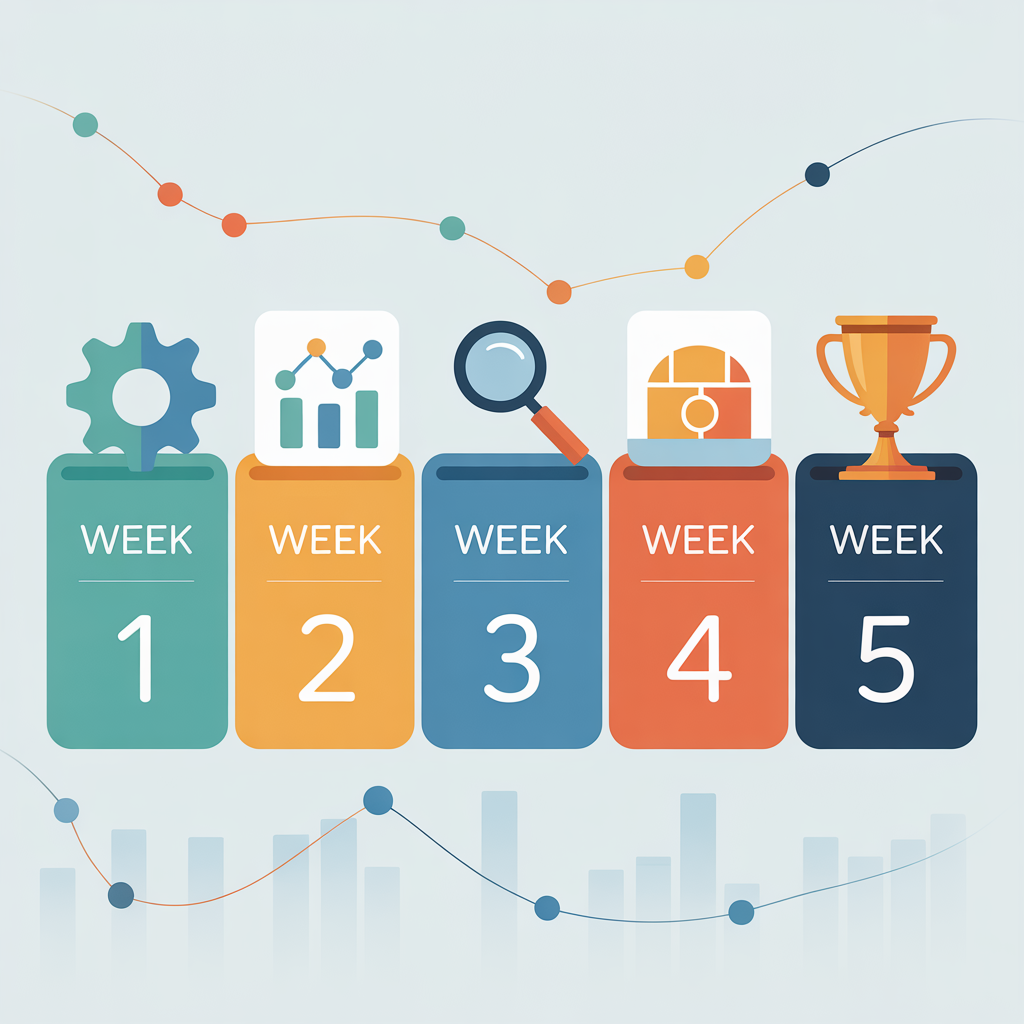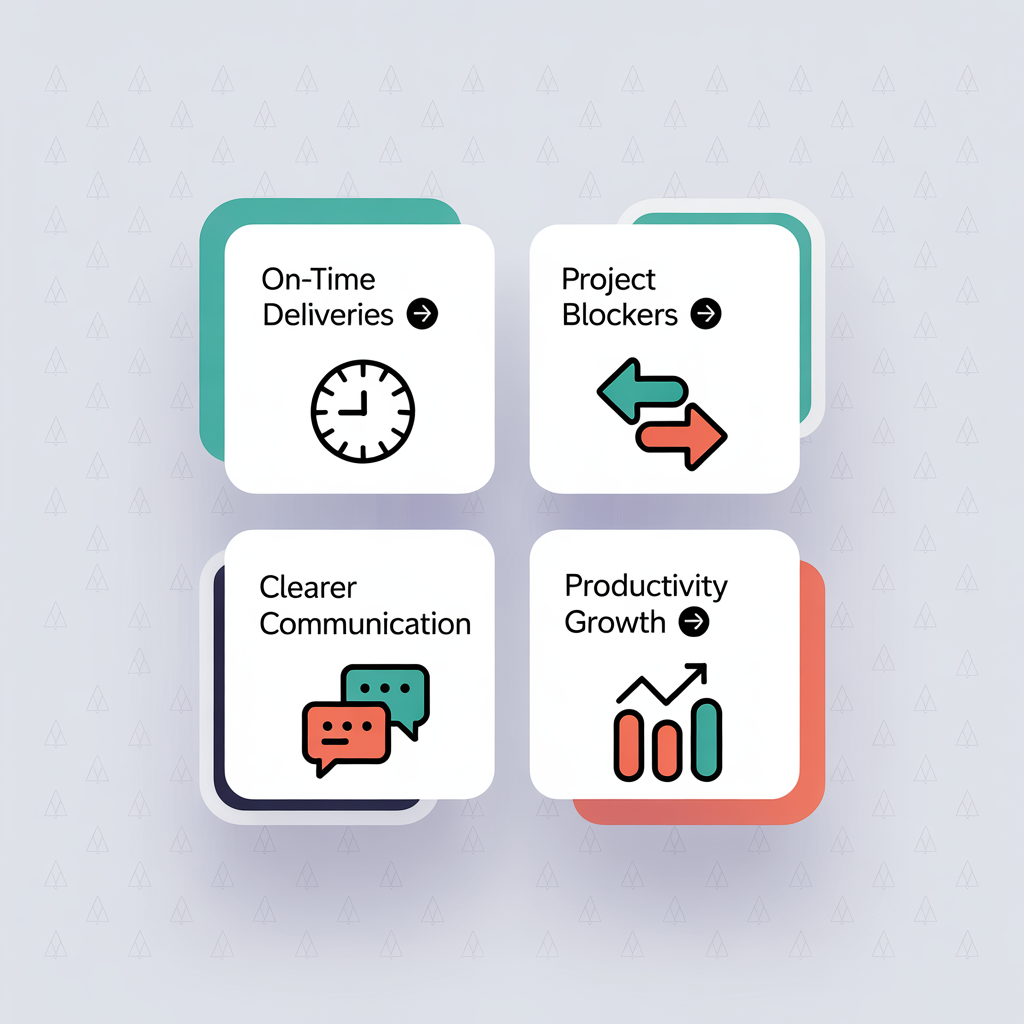From Paranoid Boss to Trusted Leader: How I Fixed My Monitoring Approach in 30 days

Summary:
-
Focusing on outcomes instead of surveillance builds trust and reduces anxiety.
-
Sharing dashboards transparently boosts accountability and honest communication.
-
Using data for coaching instead of policing improves performance and relationships.
-
Celebrating wins and automating reports saves time and strengthens team culture.
When I finally noticed that I was monitoring my employees late at night, I knew I was being paranoid. That’s what made me change my approach.
30 days later, the same employee monitoring tools that once made my team anxious became the backbone of excellent output.
This is the exact playbook I followed and how I integrated the new policies with trust.
How I Changed My Monitoring Approach
The first thing I did was to consult with my employees. A simple anonymous survey revealed how the workplace became more about being active rather than improving productivity.
The new rules I wrote:
- Measure outcomes first, and activity will follow.
- Tell people what data we’ll collect, why, and how we’ll use it.
- Use monitoring to remove blockers (not to catch “bad” employees).
- Pair data with human check-ins before acting.
These are exactly the sorts of practices recommended in modern monitoring guides. I wish I knew these when I first started out!
Track outcomes, not just hours worked
How Tools Helped My Judgment
I kept the monitoring software, but changed the configuration and rituals. We stopped screenshots-by-default, kept aggregated activity summaries, and added a shared dashboard that showed team progress (not personal minutiae).
The right product features made that switch simple. Employees were checking the dashboards and learning new things about their work behaviors.
See team progress with intuitive dashboards
This 30-day Guide Changed My Team
Trust me, you will not regret implementing these changes, especially if you’re monitoring employees like I did.

Here’s how the 30-day or 5-week guideline changed my team:
• Audit existing monitoring data
• Draft 1-page policy + legal/HR check
• Announce to team, turn off invasive defaults, prep dashboards
• Collect baseline data (no action yet)
• Start outcome-focused 1:1s
• Remove noisy alerts, introduce focus blocks
• Share aggregate trends + gather feedback
• Coach managers on constructive use of data
• Link time logs to tasks/tickets
• Recognize wins publicly
• Give employees access to their own dashboards
• Automate reports & reinforce “why”
• Compare results to baseline
• Use data to unblock projects (not blame)
• Finalize policy & retention rules
• Team retrospective + celebrate wins
• Document final tweaks & assign responsibilities
What Changed in Practice (My Immediate Wins!)
- Deadlines became realistic because time was tied to tasks.
- Complete cut down on long meetings; we knew what was blocking our workflow with it.
- The team atmosphere improved when we removed intrusive defaults and shared purpose.
Identify blockers with activity insights
Toolkits That Helped Me to Achieve My Goals
- Apploye (time + activity + dashboards): tied hours to tasks and made progress visible without personal policing.
- Weekly outcome-focused 1:1s: converted data into coaching moments, not accusations.
- Pomodoro / focus blocks: improved deep work and reduced context switching.
- Shared, one-page employee monitoring policy: reduced anxiety because everyone knew the rules.
Start your 30-day employee monitoring plan now
Final Results from Changes
Within 30 days, I saw clearer estimates, fewer mid-sprint surprises, and an uptick in honest communication. We didn’t catch slackers - we fixed process leaks.

Within just 30 days, I saw some incredible changes:
- Better deadline submissions & outputs
- Fewer project blockers and clear communication
- Most of the team’s productivity increased significantly
Obviously, some things still need polishing, such as familiarity with new policies and how to interpret tracking insights. However, the end result was everything that I wished for and more!
Get better estimates with task-based time
If I Were to Advise Anyone Like Me
You should definitely start with a single-page policy, take your team’s feedback, and involve at least two engineers and one HR rep in the decision. This will help you to implement the monitoring policies naturally into the system.
If you want a practical guide that covers exactly what to say in your announcement and the specific privacy-friendly settings to change, Apploye’s blog has concise how to guides and templates that I borrowed from during my 30 days.
Try ethical monitoring completely free
